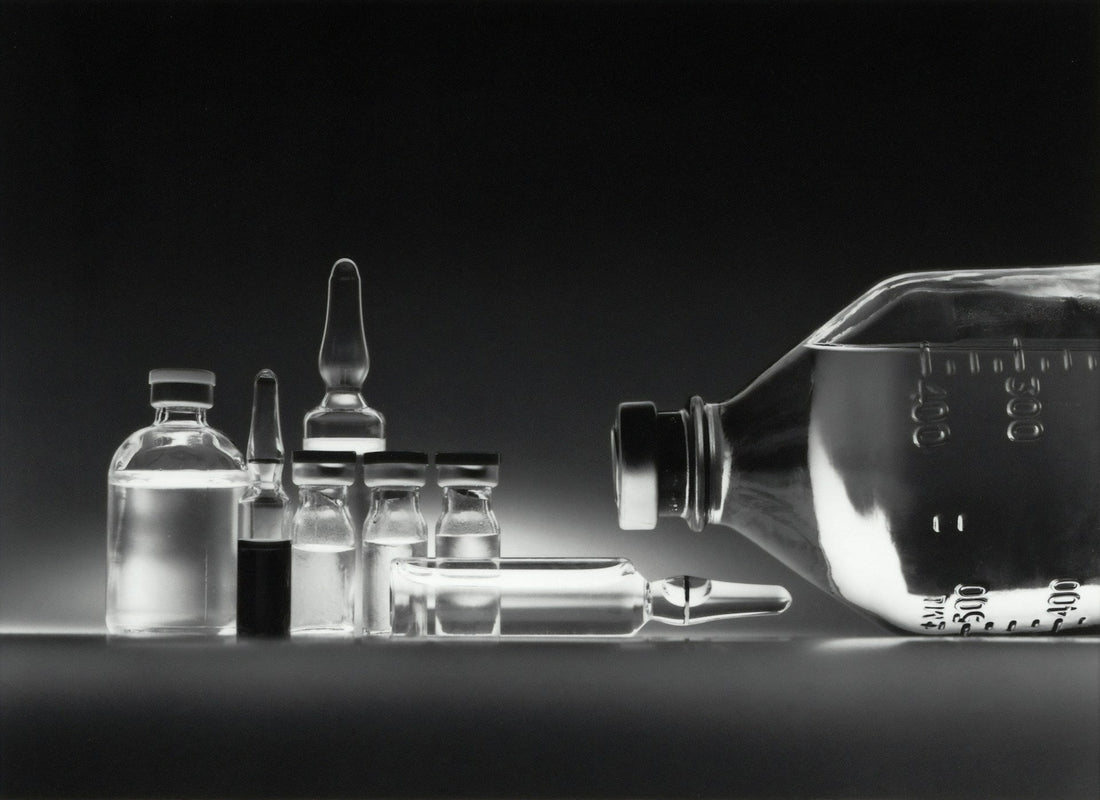What is PT-141, and how does PT-141 work?
PT-141, also known as Bremelanotide, represents a cutting-edge development in peptide therapy, specifically targeting sexual dysfunction. This synthetic peptide, derived from the naturally occurring hormone alpha-melanocyte stimulating hormone (α-MSH), is celebrated for its unique capacity to bolster sexual desire, arousal, and satisfaction through its interaction with the nervous system. Delving into "what is PT-141 and how does PT-141 work" unfolds its evolution from Melanotan II research to a cornerstone in treating sexual dysfunction, showcasing the intricate dance between hormones, receptors, and human sexual behavior. This article aims to clarify the biochemical and pharmacological aspects of PT-141, illuminating its role in research and potential therapeutic applications.
Chemical and Biological Nature of PT-141
Molecular Structure and Synthesis
PT-141's molecular identity is pivotal for its targeted physiological effects. Unlike Melanotan II, which promotes skin tanning, PT-141 zeroes in on the central nervous system to modulate sexual function. This specificity arises from its unique amino acid sequence and structure, enabling selective binding to melanocortin receptors within the system.
Synthetic Production Methods
Laboratory synthesis of PT-141 employs solid-phase peptide synthesis (SPPS), ensuring the peptide's purity and specificity. This production method underscores its effectiveness and safety for therapeutic use and research.
Mechanism of Action
A deep dive into how PT-141 functions highlights its primary impact through the melanocortin system, involving a series of G protein-coupled receptors (GPCRs).
Interaction with Melanocortin Receptors
Investigating "how does PT-141 work" involves its selective affinity for melanocortin receptors MC3R and MC4R. This crucial interaction modulates sexual behavior uniquely, distinguishing it from traditional erectile dysfunction treatments like PDE5 inhibitors.
Distinction from PDE5 Inhibitors
PT-141's novel approach, targeting neurological pathways of sexual desire and arousal, sets it apart from PDE5 inhibitors, which enhance blood flow to the genitals via nitric oxide effects.
Pharmacokinetics and Biodistribution
Understanding PT-141's pharmacokinetics—absorption, metabolism, half-life, and elimination—is essential for its application. Its subcutaneous administration leads to rapid effects, with metabolism ensuring efficacy and minimizing side effects.
PT-141 in Research and Clinical Applications
Preclinical Studies
Animal models have been foundational in uncovering PT-141's pharmacological impact, showcasing its potential to significantly influence sexual arousal mechanisms.
Clinical Trials
Clinical trials validate PT-141's potential effectiveness in enhancing sexual function, providing a safer alternative without the cardiovascular risks linked to traditional therapies.
Safety and Tolerability Profiles
PT-141's safety and tolerability have been thoroughly evaluated, affirming its suitability for diverse patient groups while highlighting the need for ongoing safety research.
Addressing "what is PT-141 and how does PT-141 work" illustrates PT-141's transformative role in peptide research, offering a groundbreaking approach to sexual dysfunction treatment. Its unique mechanism, influencing the central nervous system, heralds new therapeutic directions. PT-141's development from synthesis to clinical application exemplifies peptide research's value in advancing medical science and enhancing patient care.


